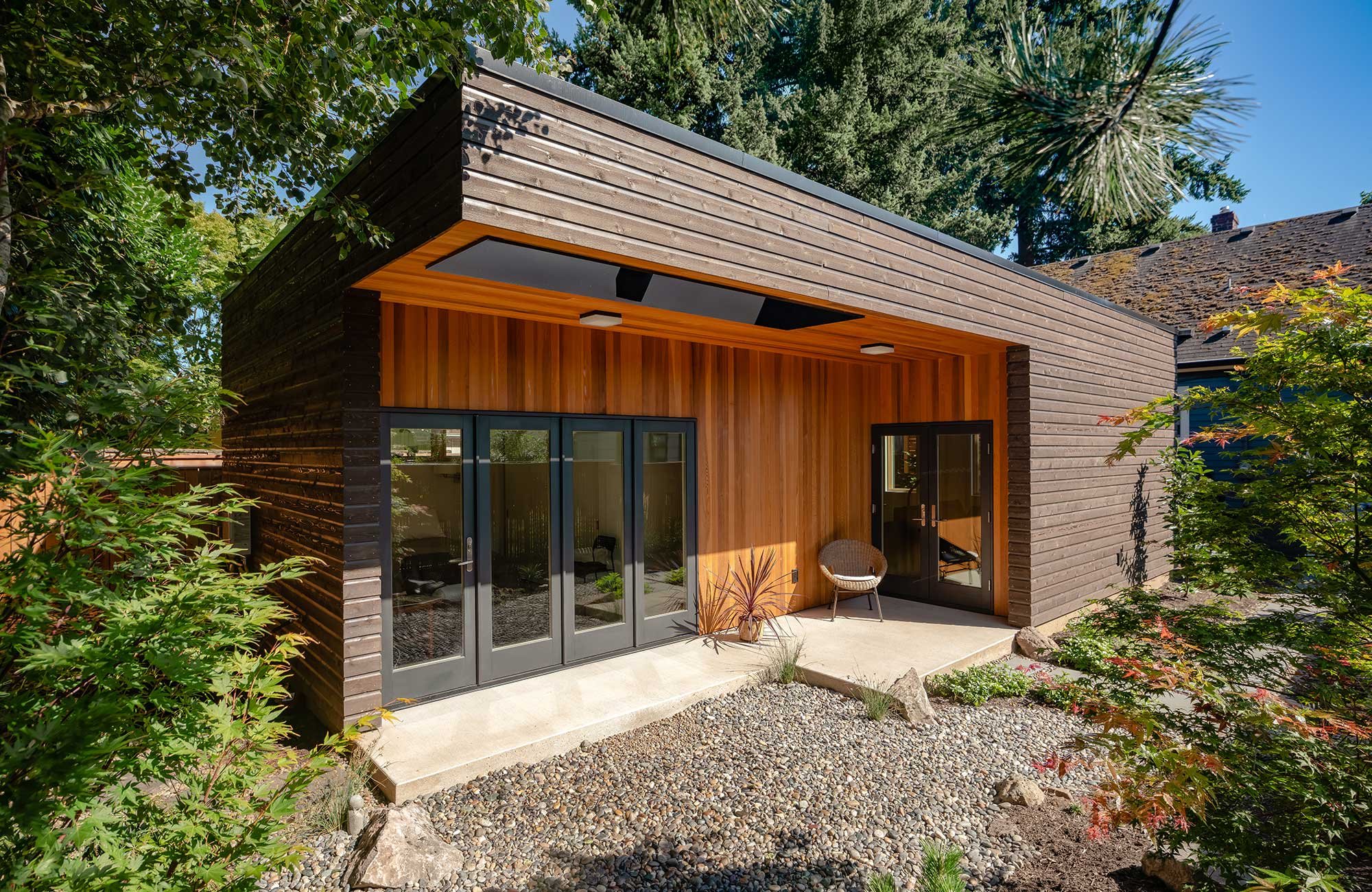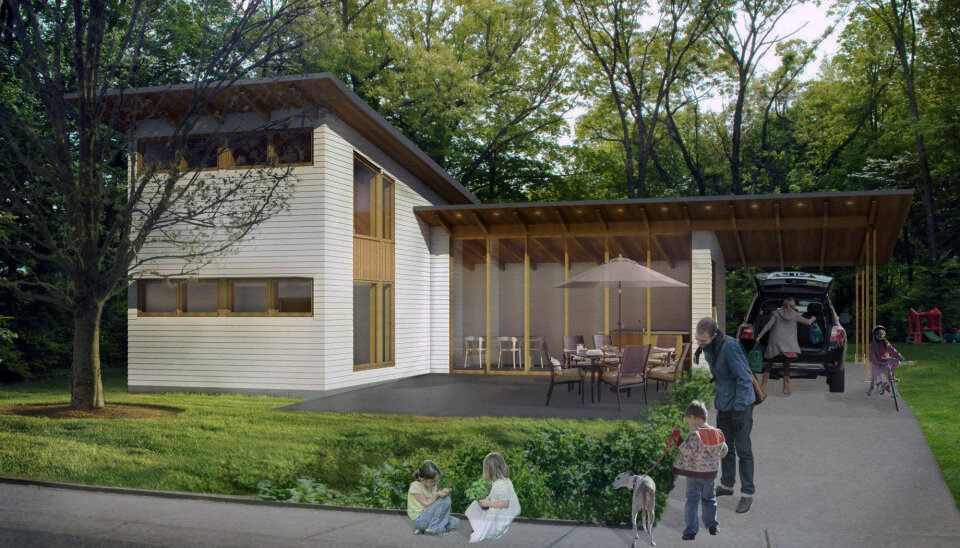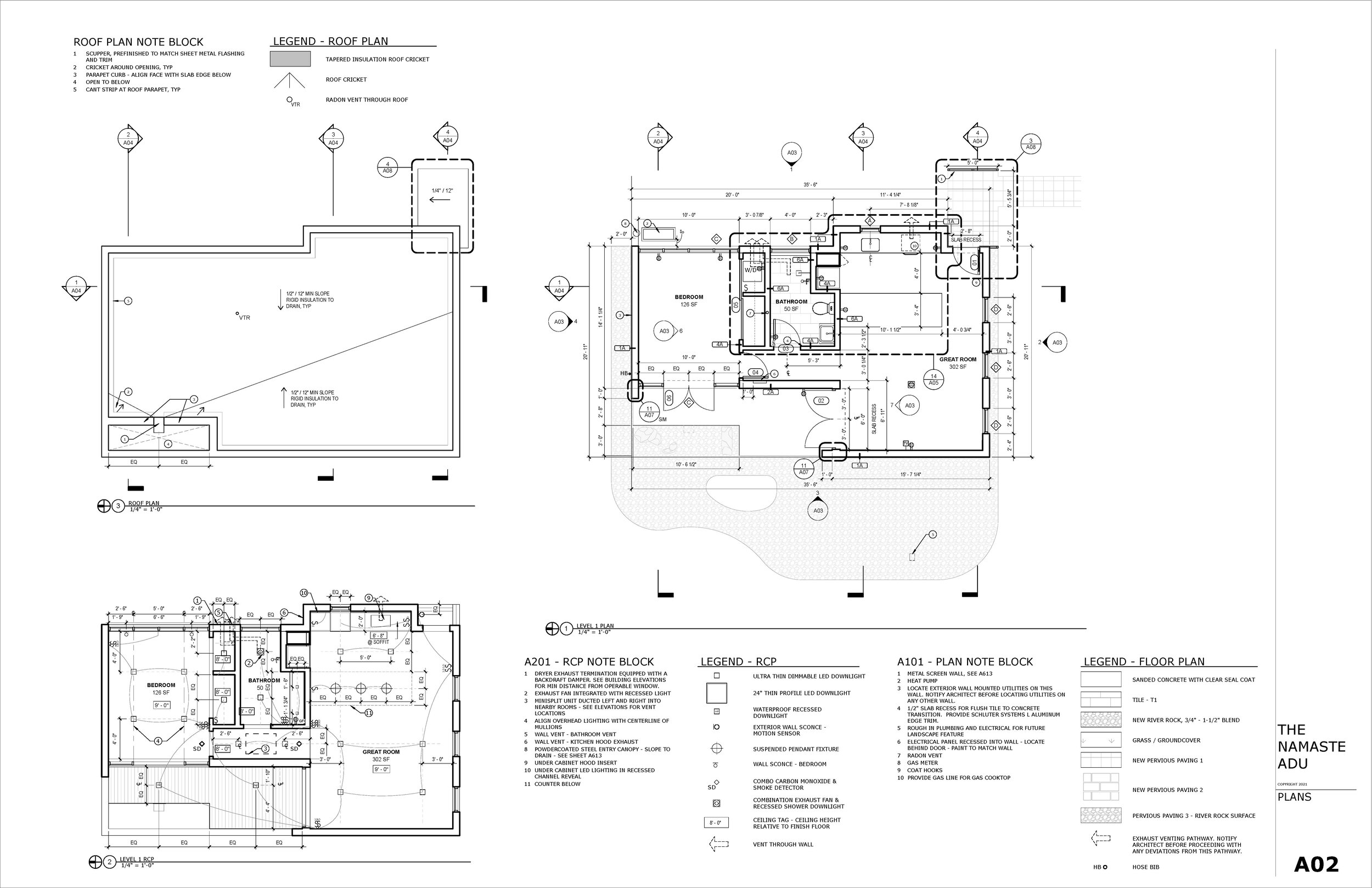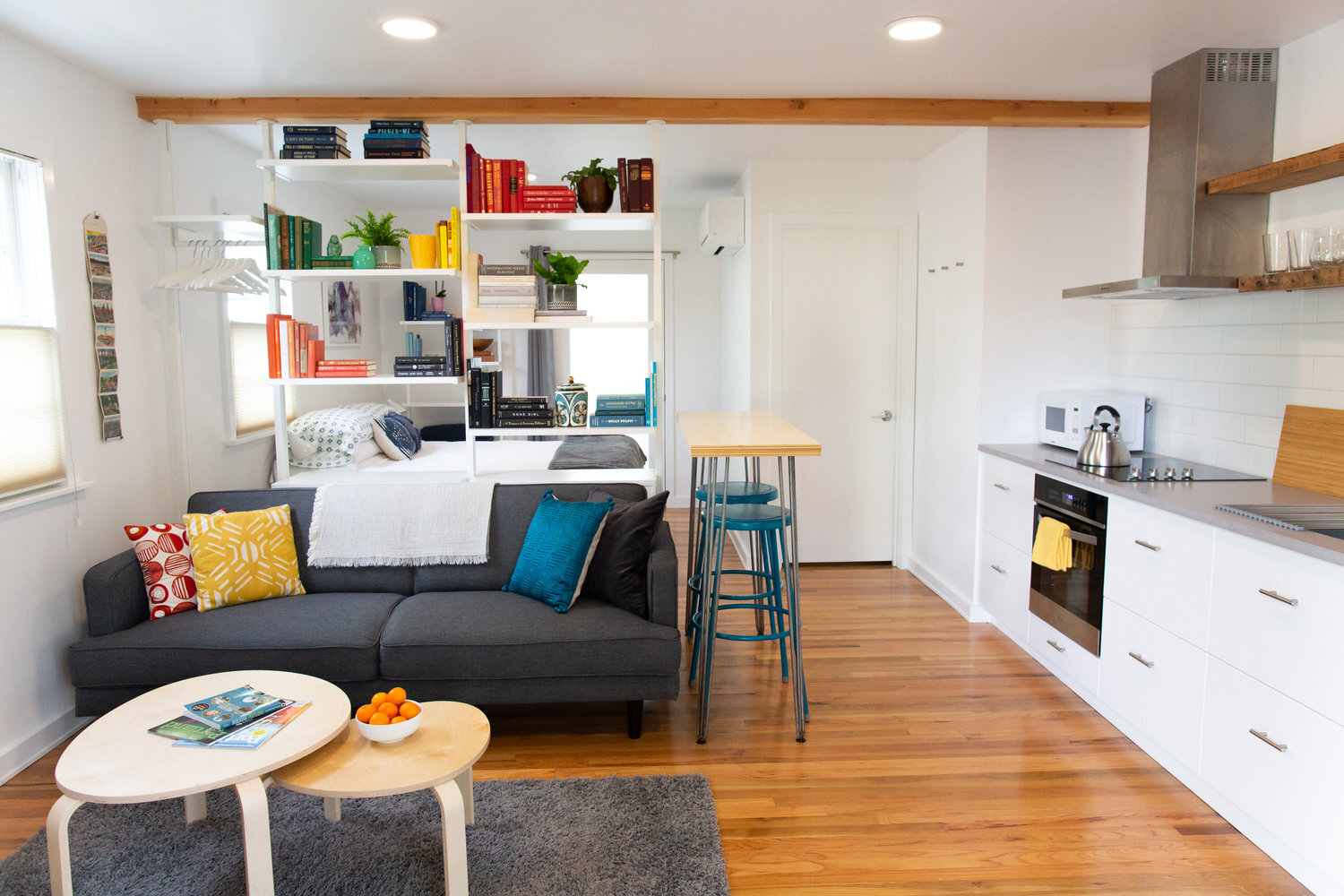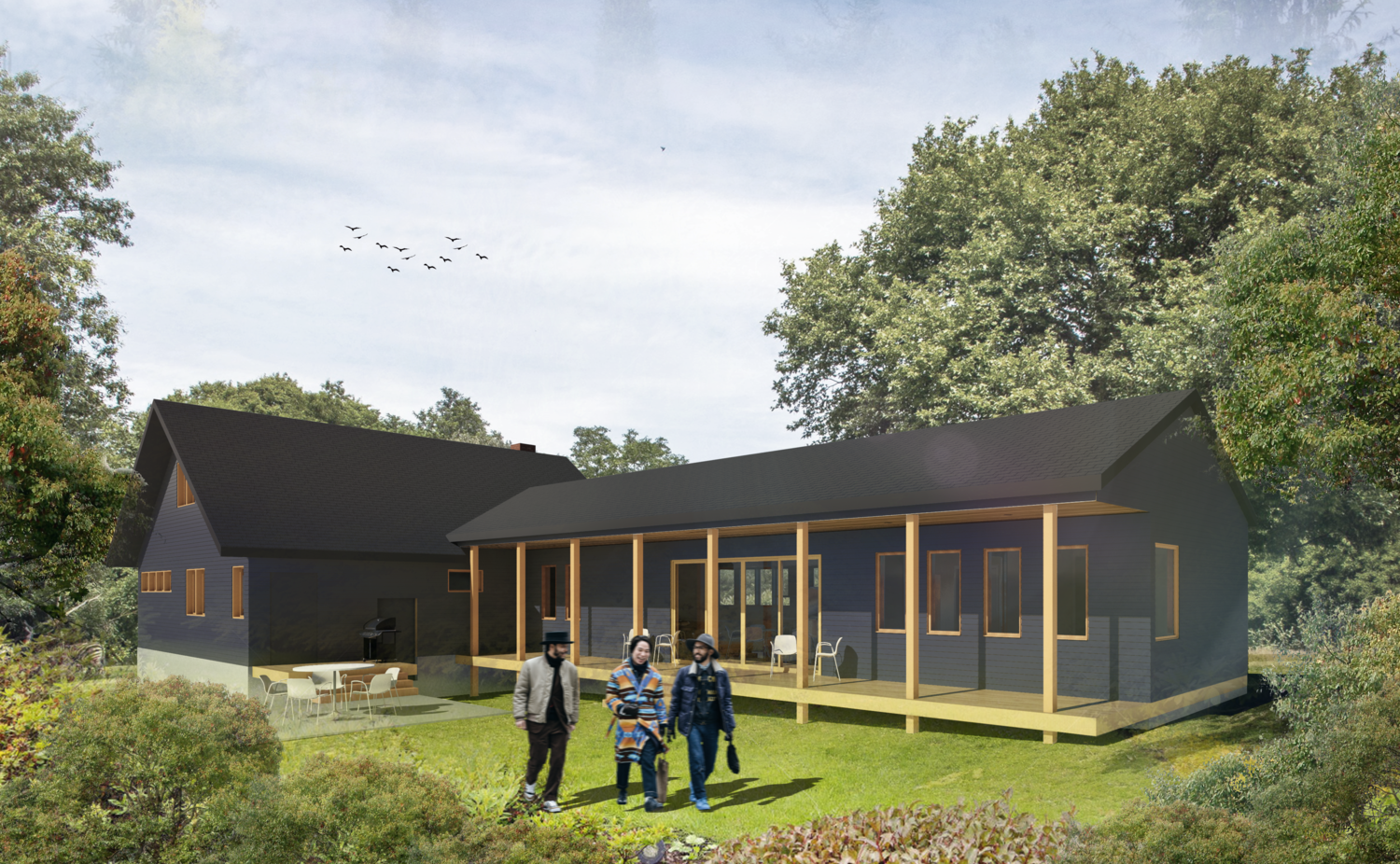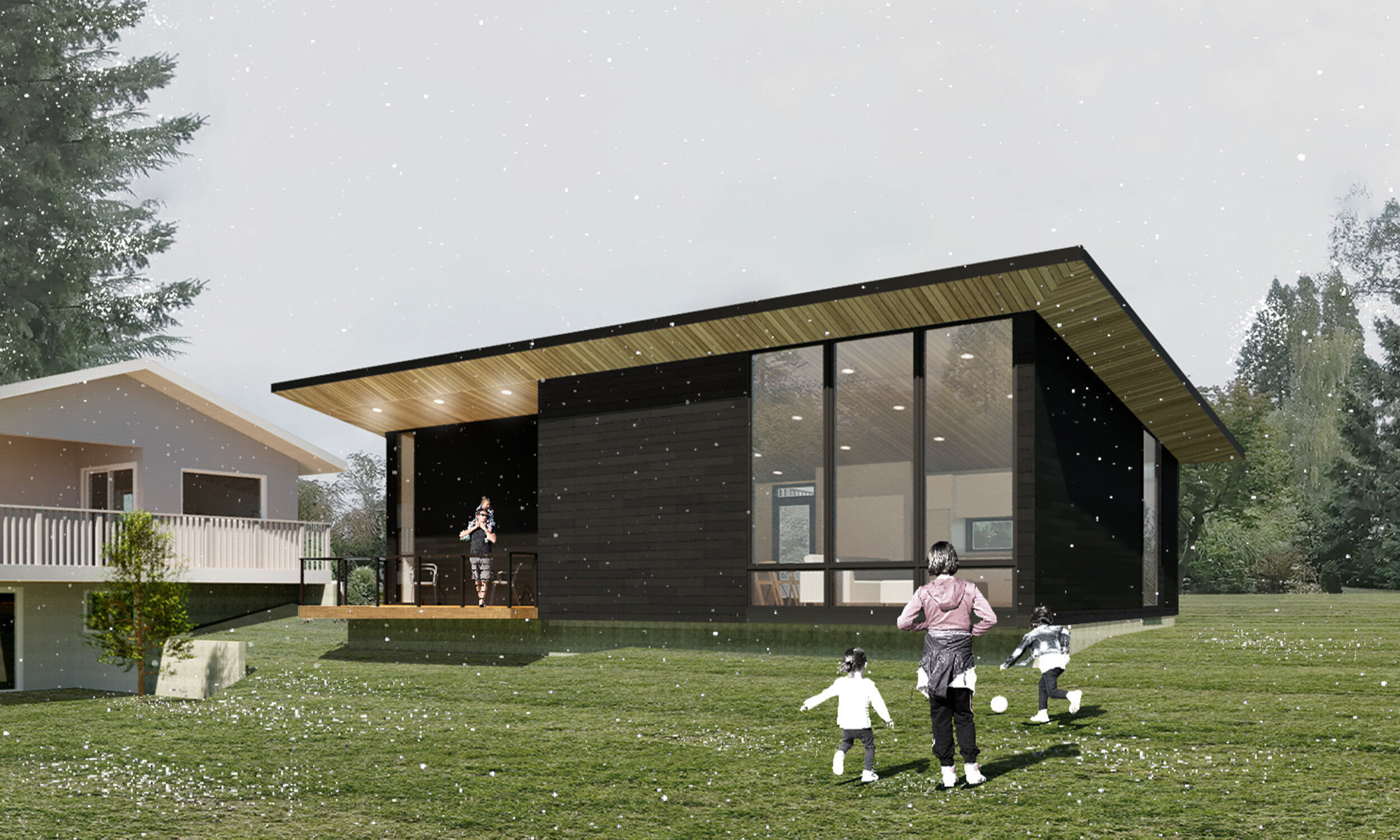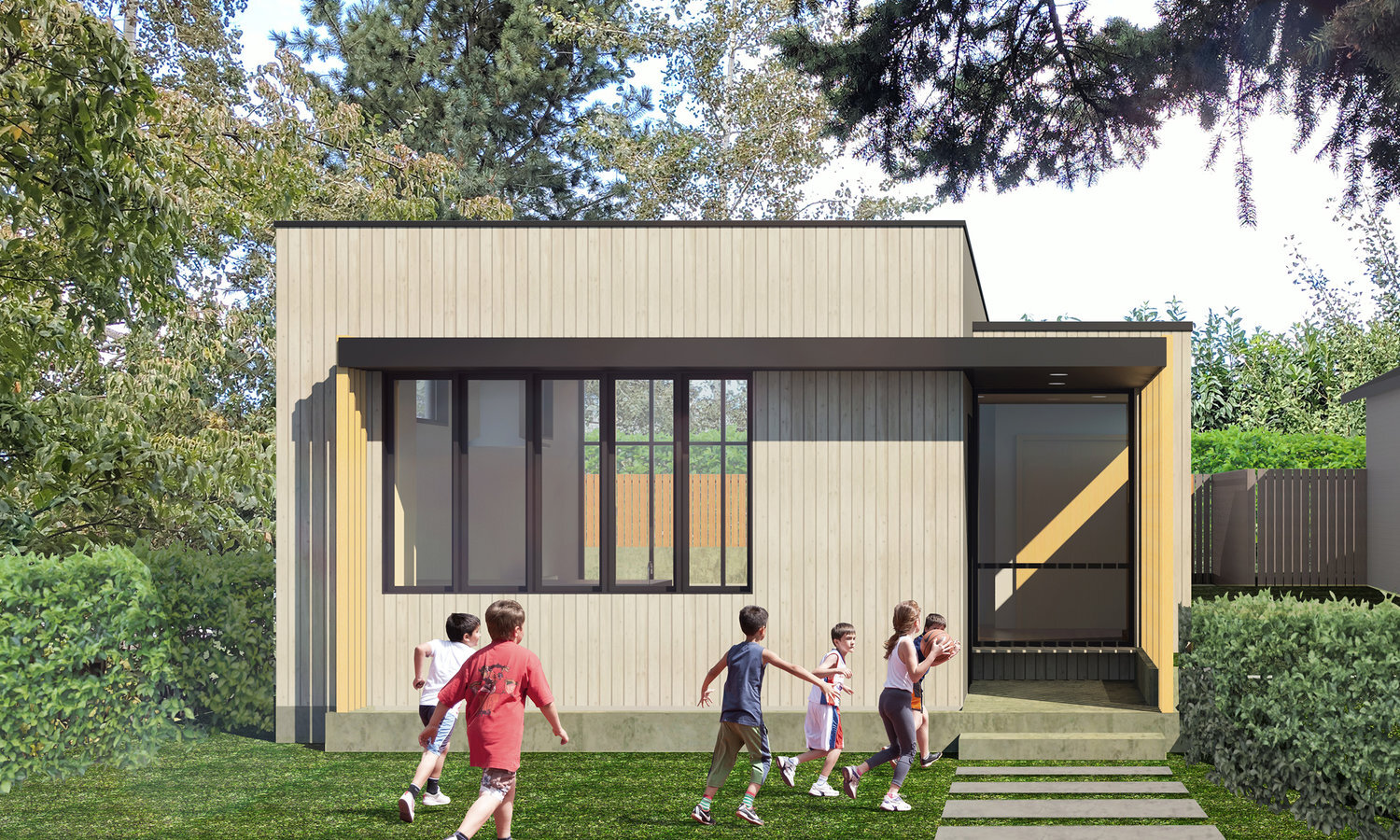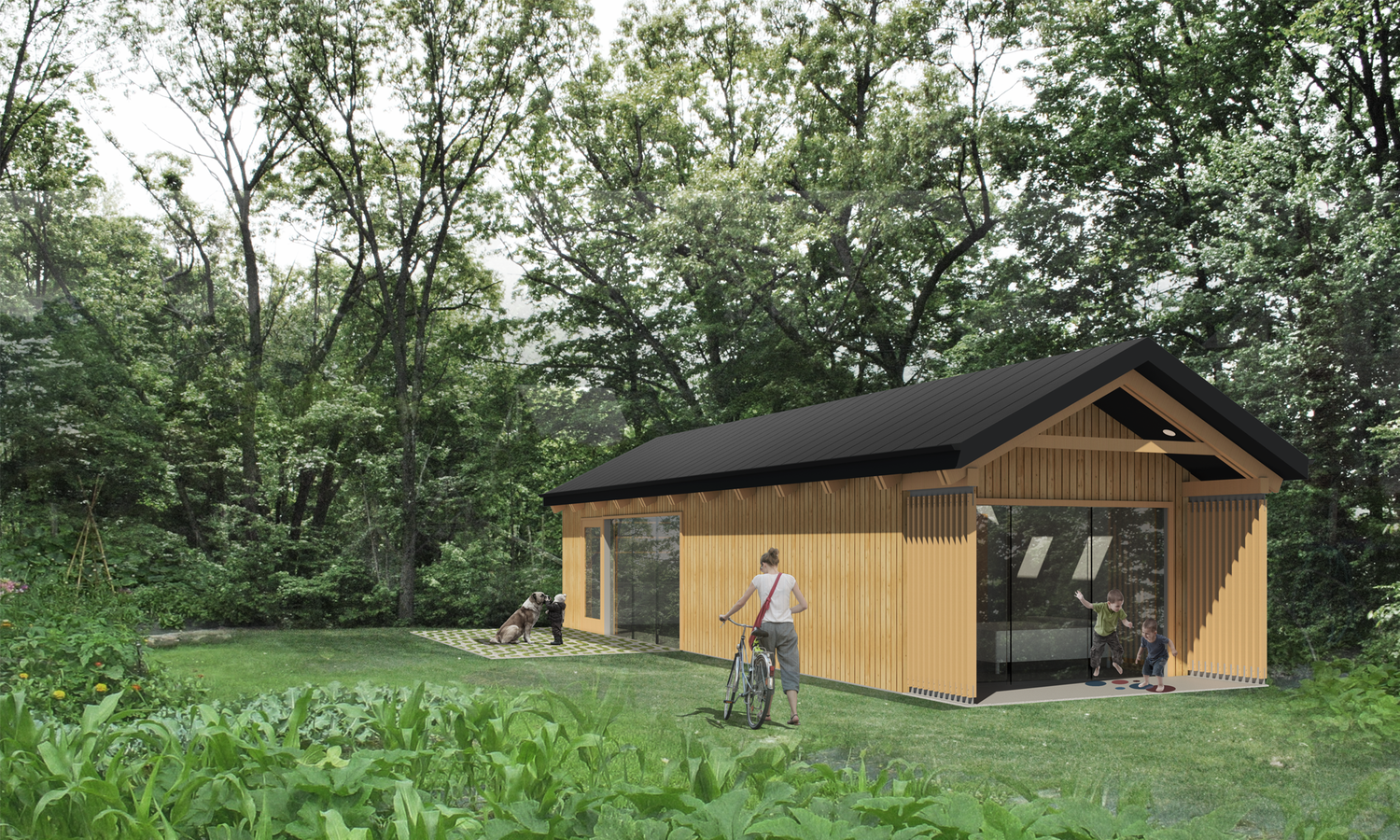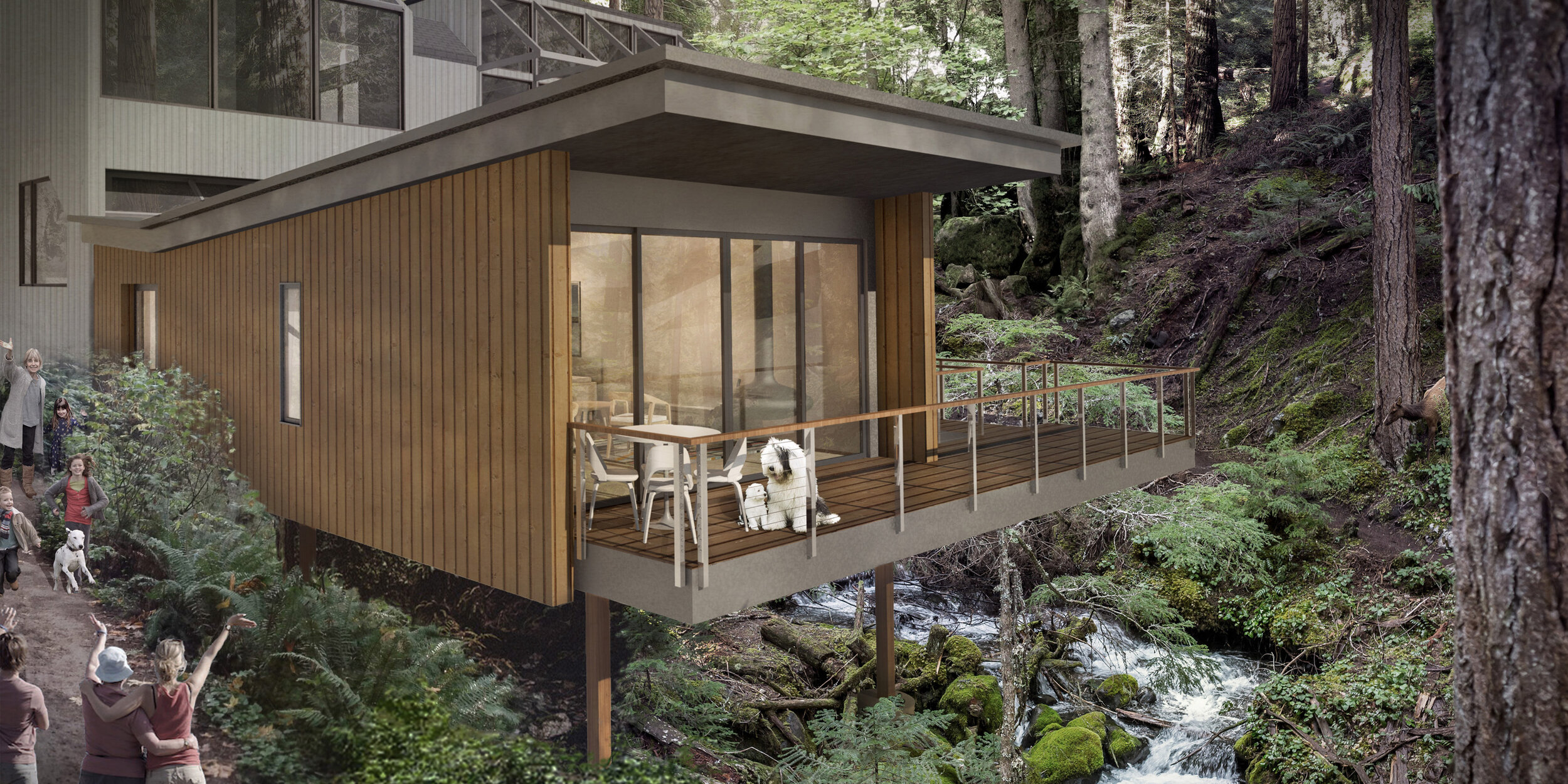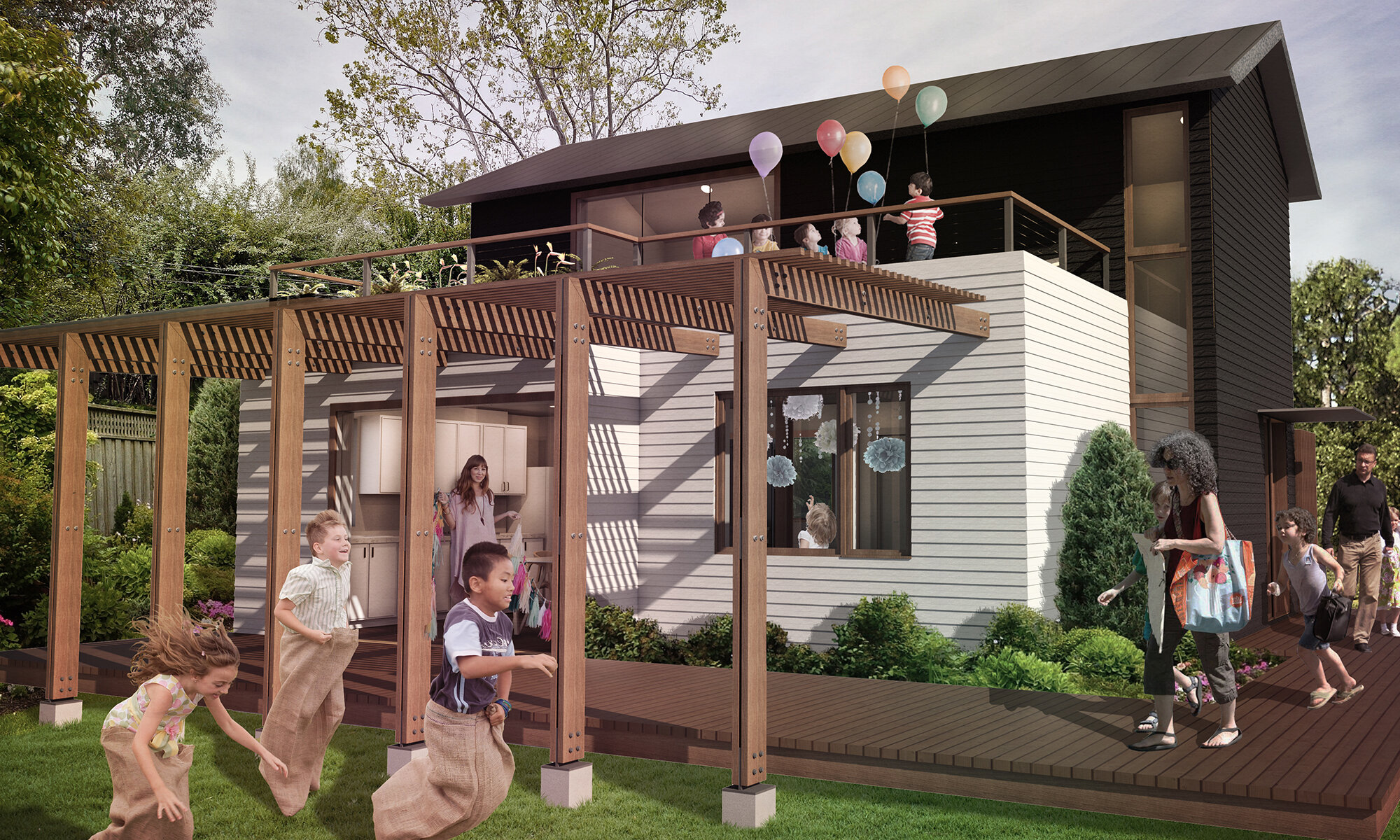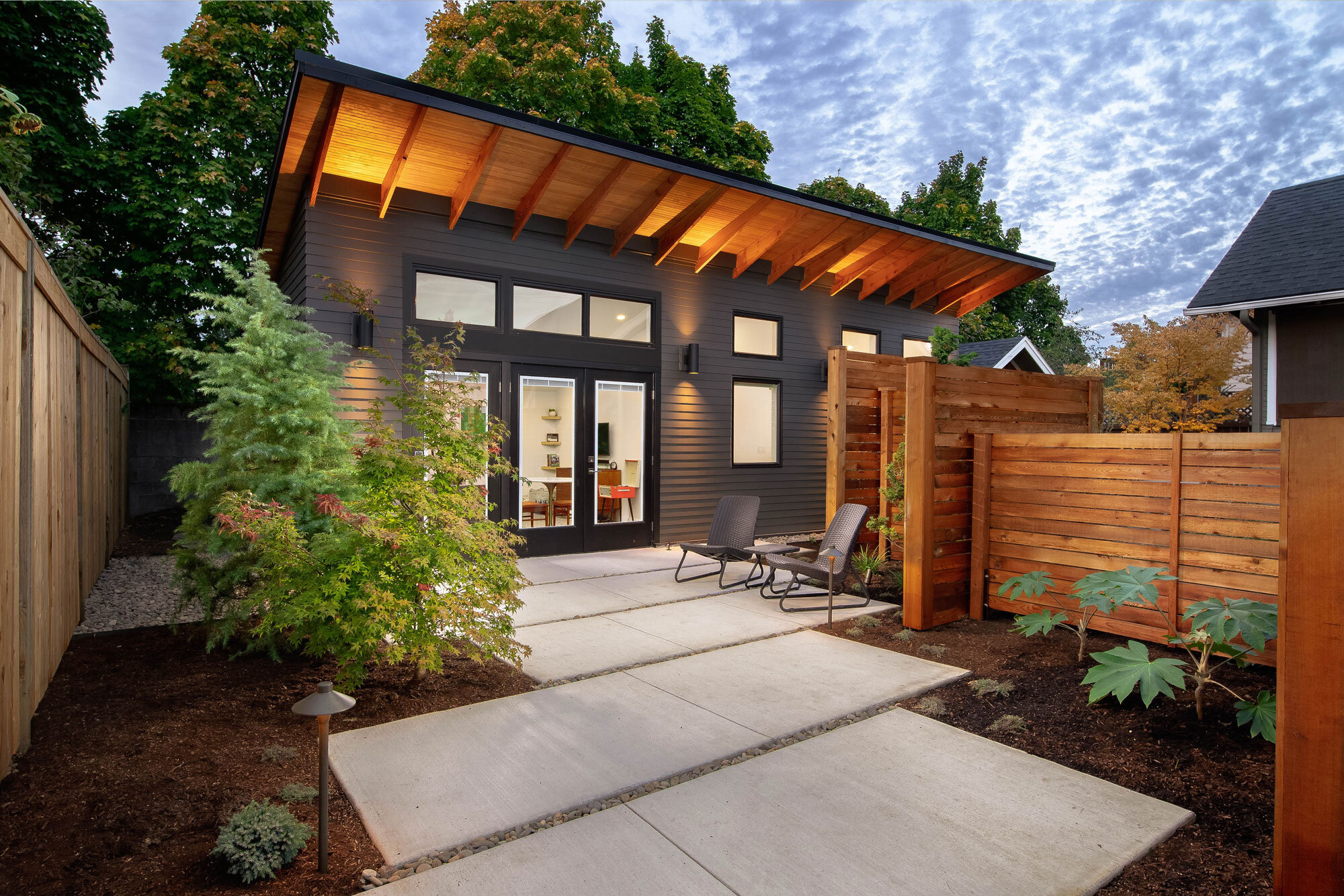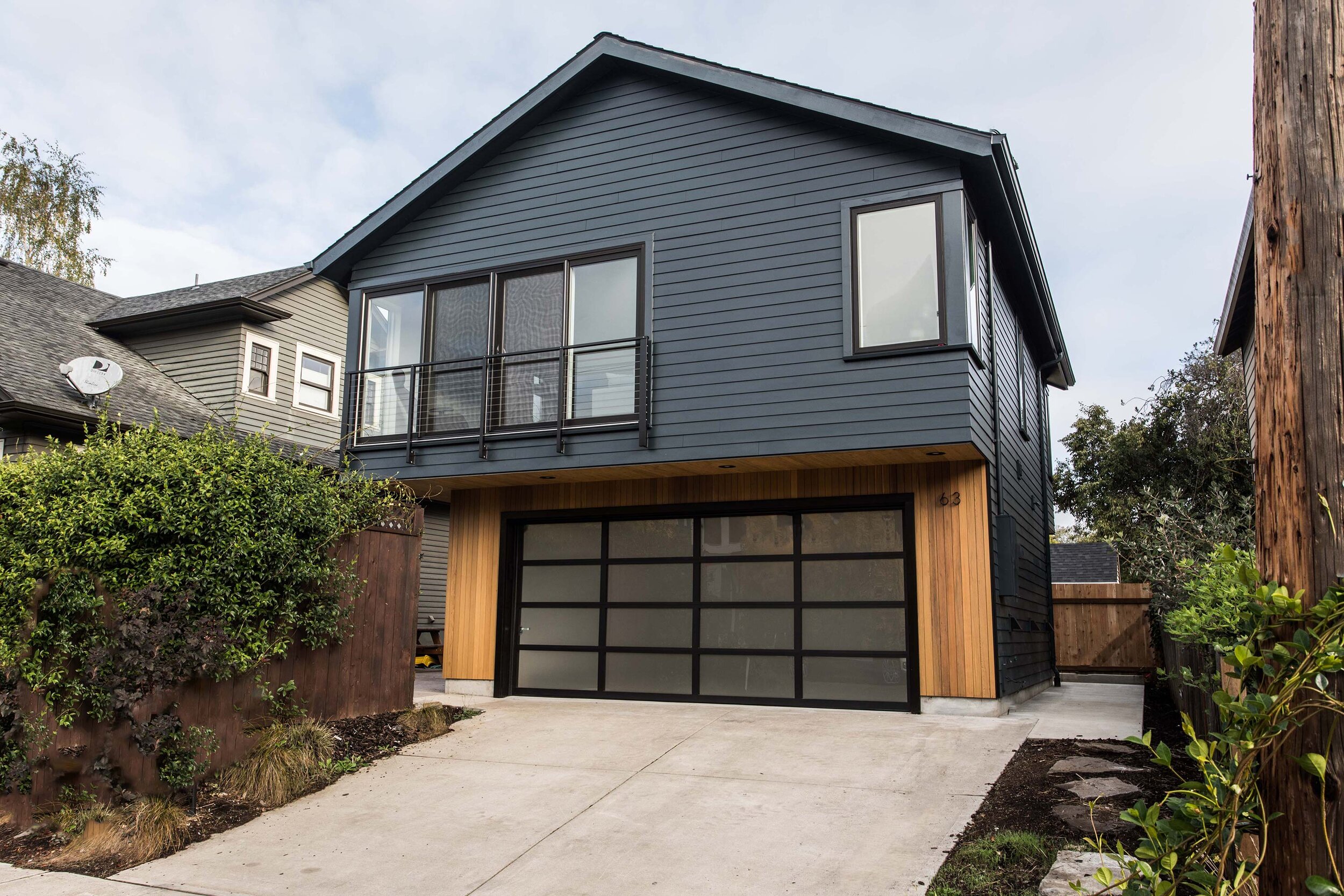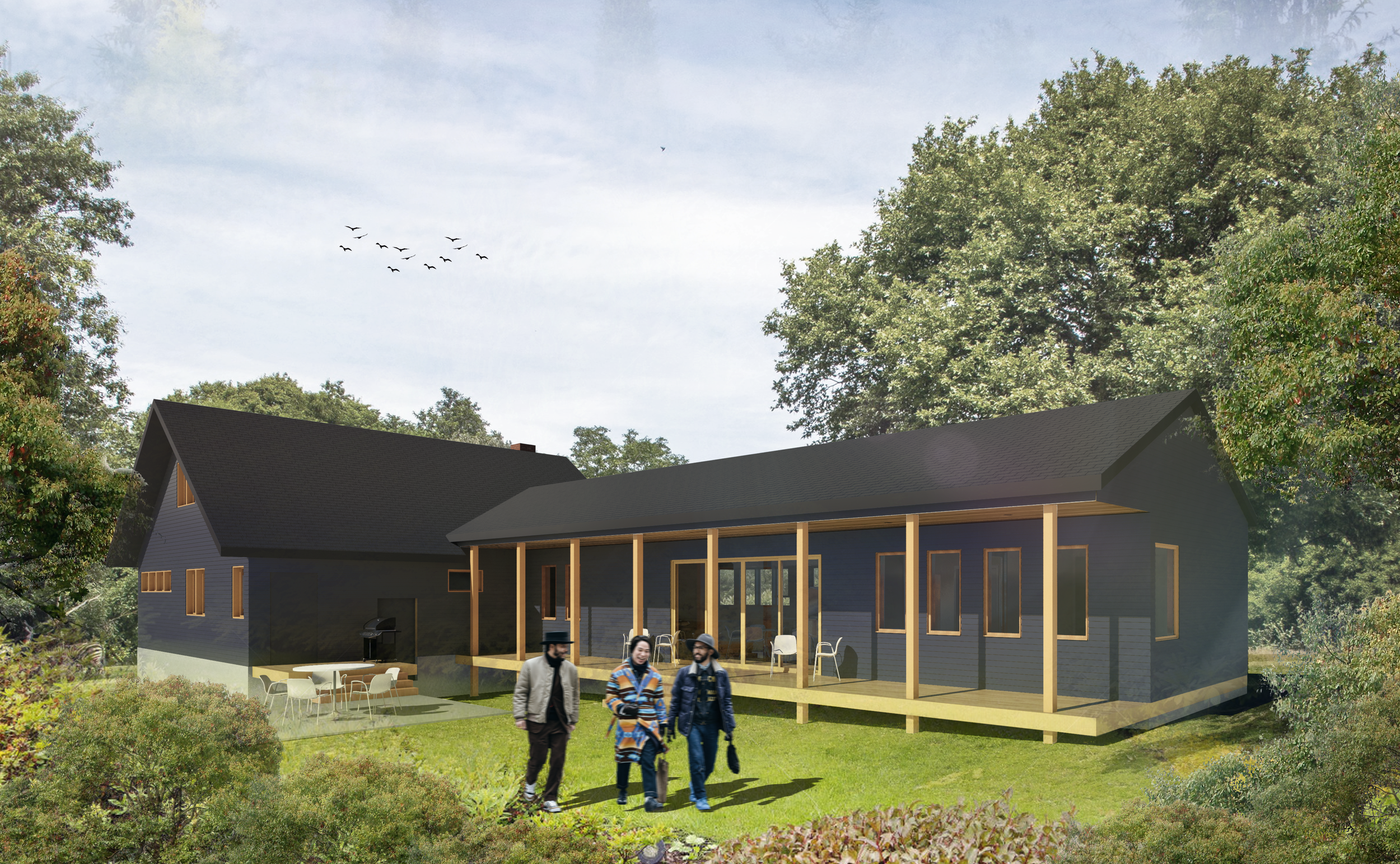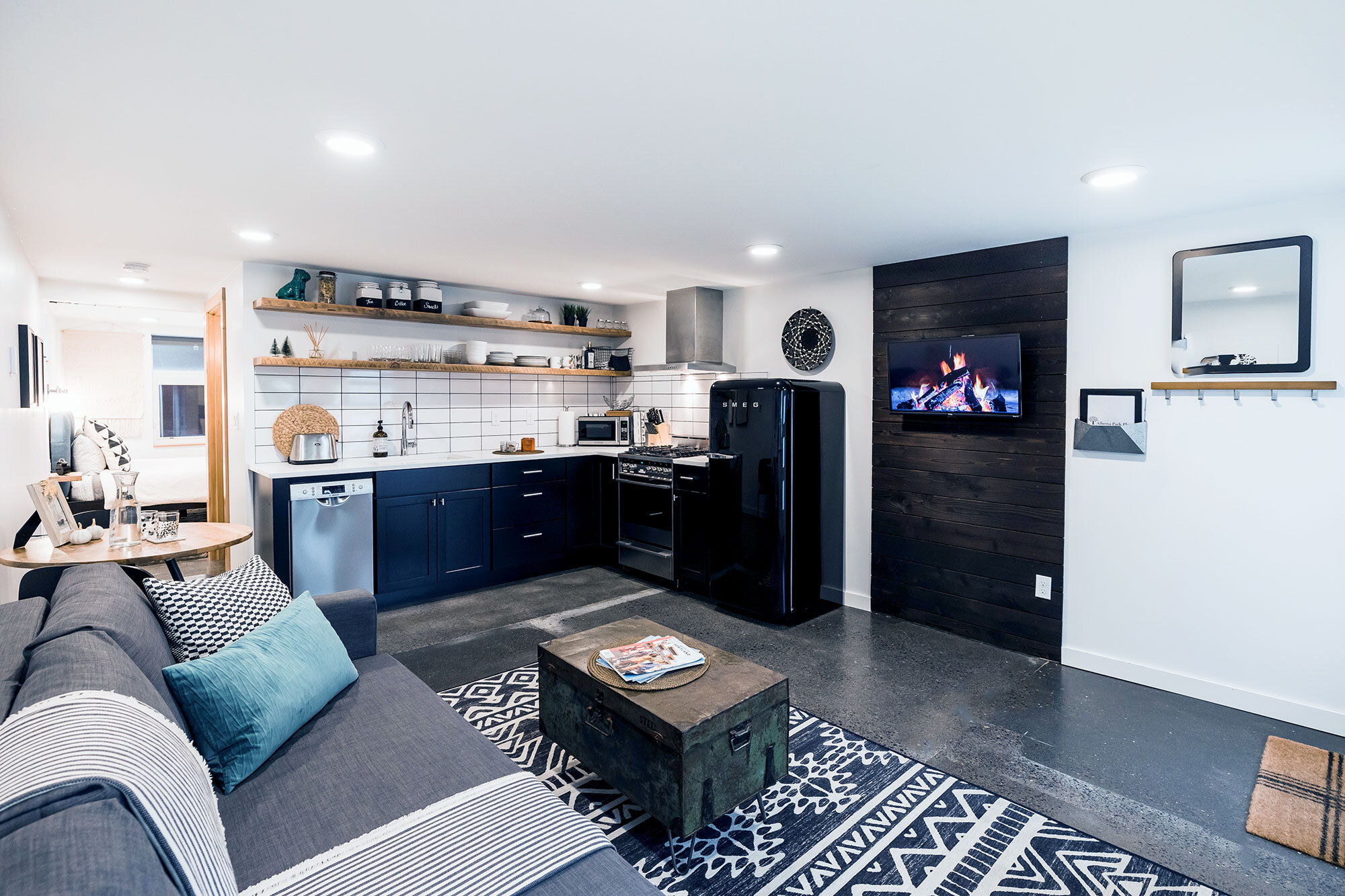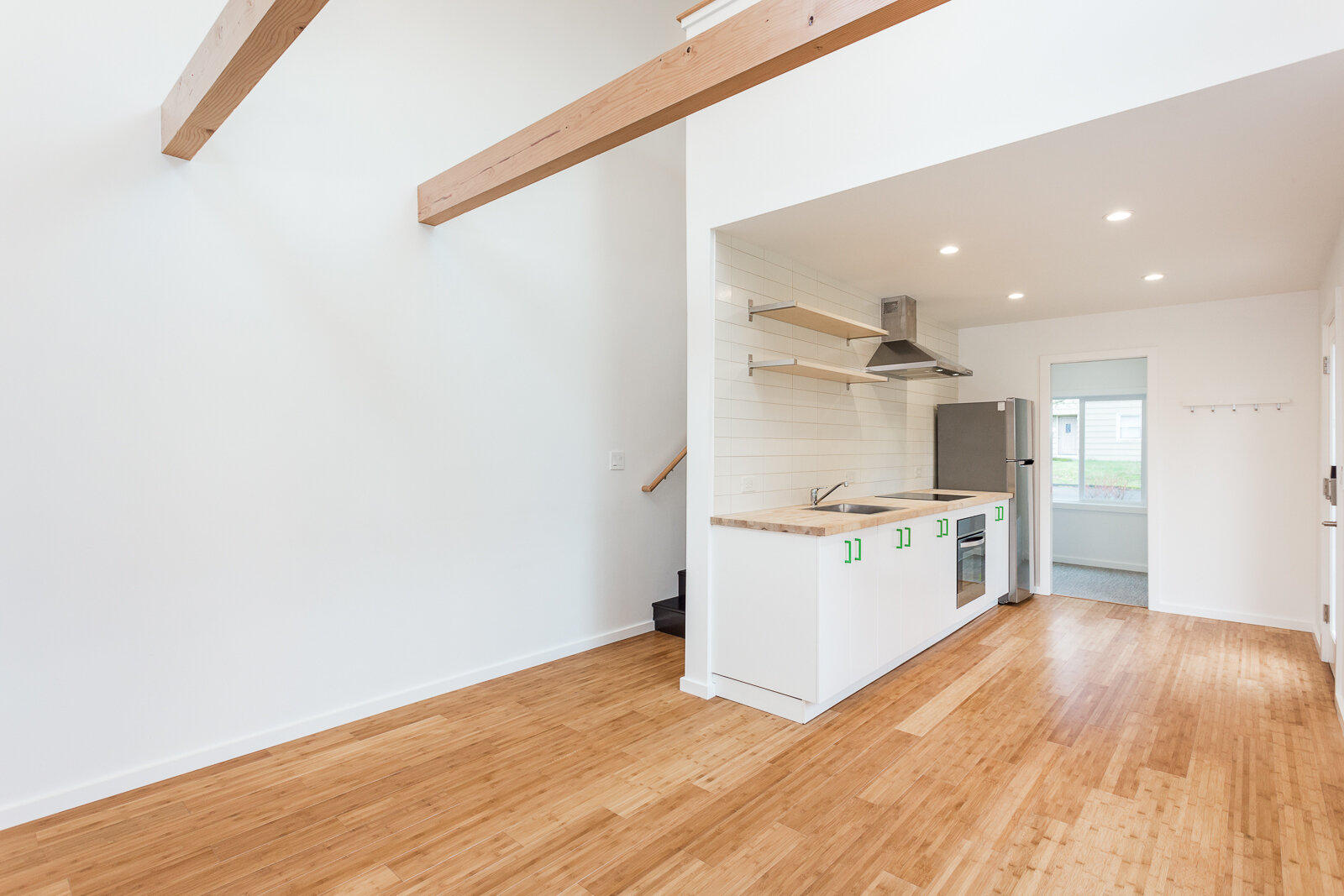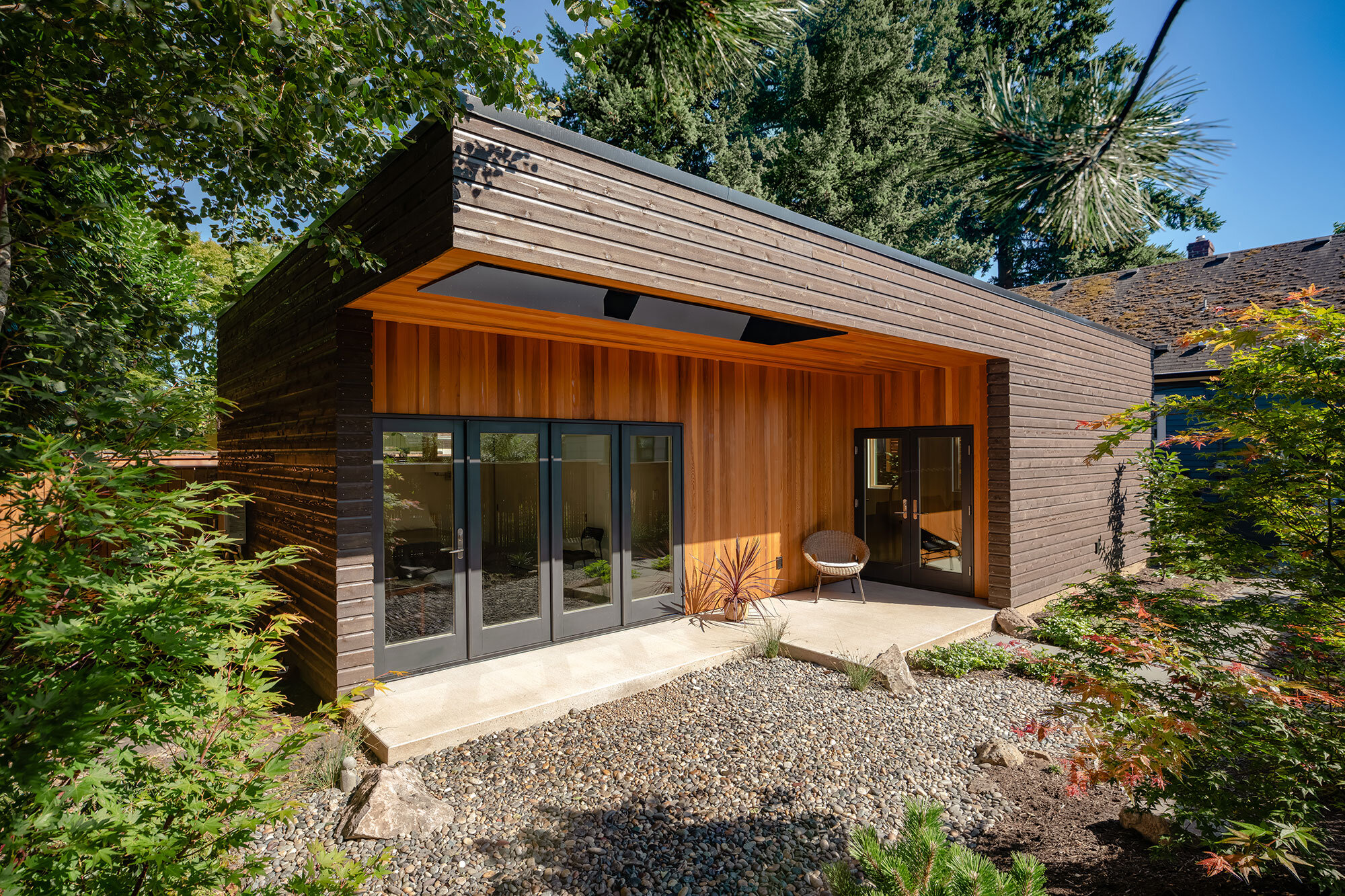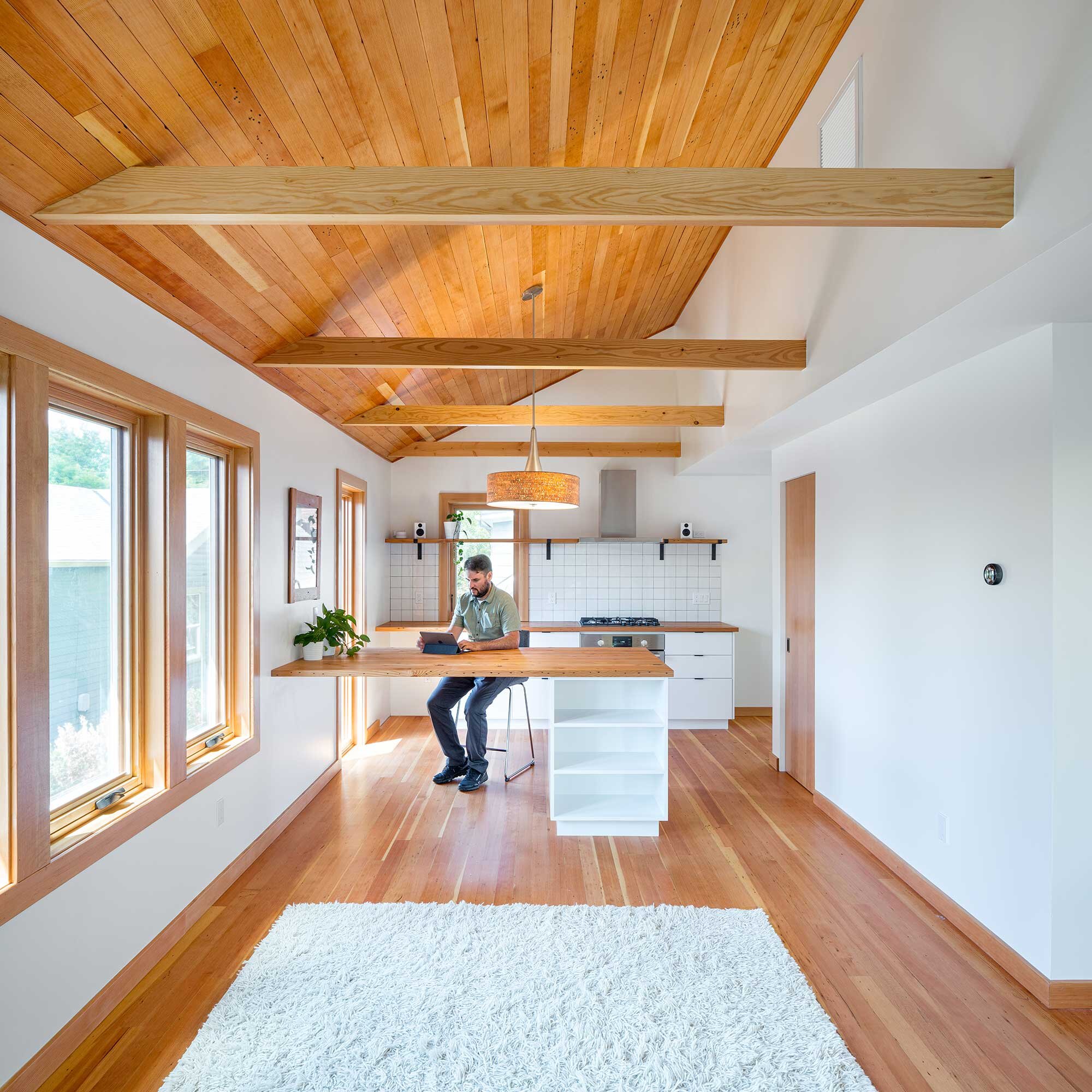As the popularity of accessory dwelling units (ADUs) and laneway houses continues to rise, so does the demand for modern designs that fit seamlessly into their surroundings.
When it comes to ADU design, modern style has become increasingly popular in recent years. But what does "modern design" actually mean for ADUs, and why should you consider it for your next project? In this blog post, we'll take a closer look at modern design principles that we incorporate into ADUs.
Minimalism and Simplicity
One of the key features of modern design is minimalism and simplicity. This means that modern ADUs often have clean lines, simple forms, and a lack of ornamentation. The focus is on functionality and practicality, which can be especially useful when designing a small space like an ADU. We believe in the philosophy of less, but better. Meaning we keep the form of our ADU designs simple and efficient but invest in high quality systems and materials leading to a better end result. Consider quality over quantity.
Natural Materials
Modern design also emphasizes the use of natural materials, such as wood, stone, and metal. These materials are often used in their raw or untreated state, giving the ADU a more organic and authentic feel. The use of natural materials also helps the ADU blend in with its surroundings and create a more harmonious relationship with nature. We love natural cedar siding, exposed wood in the interiors, and concrete floors. Being true to the materials lets us celebrate how our buildings are built while relying on the natural beauty of the material to be the defining design features in our ADUs.
Energy Efficiency
Modern design principles often prioritize energy efficiency and sustainability. This means incorporating features such as high-quality insulation, efficient heating and cooling systems, LED lighting fixtures, and energy-efficient appliances. By designing an ADU with energy efficiency in mind, you can reduce your carbon footprint and save money on utilities in the long run. This coincides with the simple forms we discussed above, as we aim to design tight building envelopes that are energy efficient and optimized for the local environment.
Open Floor Plans
Another hallmark of modern design is open floor plans, which prioritize flow and connectivity between different spaces. In an ADU, an open floor plan can help create a sense of spaciousness, even in a smaller space. It can also make the ADU feel more versatile and adaptable to different uses. The best example of this is by designing a “great room” that combines the kitchen, dining, and living spaces into one open room. This helps make smaller sized ADUs feel spacious and they are more functional than having separate rooms for each function.
Large Windows and Natural Light
Modern design principles emphasizes the use of large windows and natural light to create bright and airy spaces. This can be especially important in an ADU, where space may be limited. By incorporating large windows and plenty of natural light, you can create an inviting and comfortable space that feels much larger than it actually is. Additional benefits include using natural light which can reduce energy use, and natural ventilation which can create a more comfortable and healthy indoor environment. Plus we use large windows and sliding doors to make strong visual impact on our ADU designs, creating more beautiful design solutions.
Conclusion
Modern design can help create ADUs that are both functional and aesthetically pleasing. By prioritizing minimalism, natural materials, energy efficiency, open floor plans, and natural light, you can have an ADU that is perfect for your needs. Whether you're building an ADU as a rental property, a guest house, or a place for aging relatives to live, a modern design can help you achieve your goals while creating a beautiful and comfortable space that will stand the test of time.
If modern design is inspiring for you and you would like to discuss building an ADU please reach out. We would love to talk through your ideas and project goals and offer advice to help you succeed with your project. Or if you are ready to move forward with a predesigned ADU plan, check out our Modern ADU Plans available for purchase today.
Simple form, natural materials, and large sliding doors are hallmarks of our focus on modern design.
Clean lines, natural materials, and views to the garden define this modern kitchen design.


